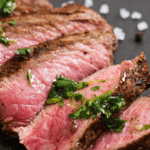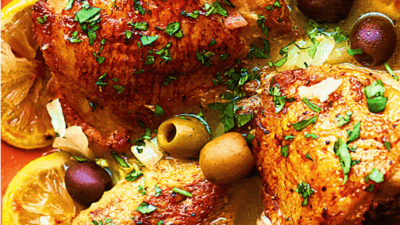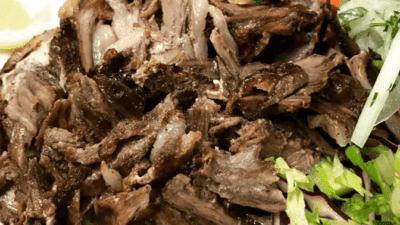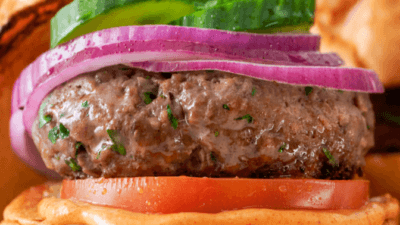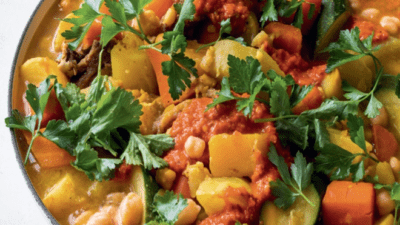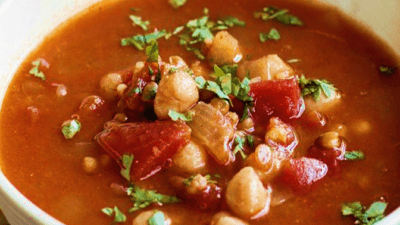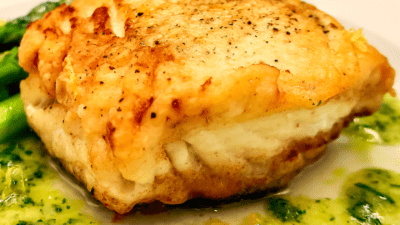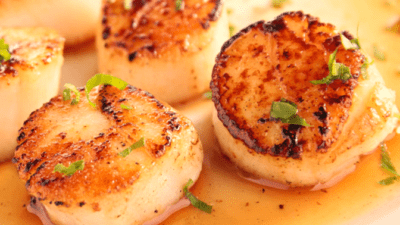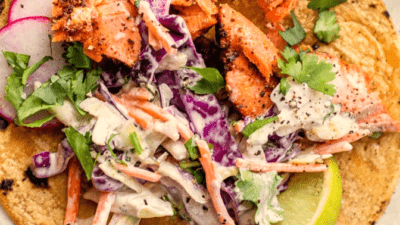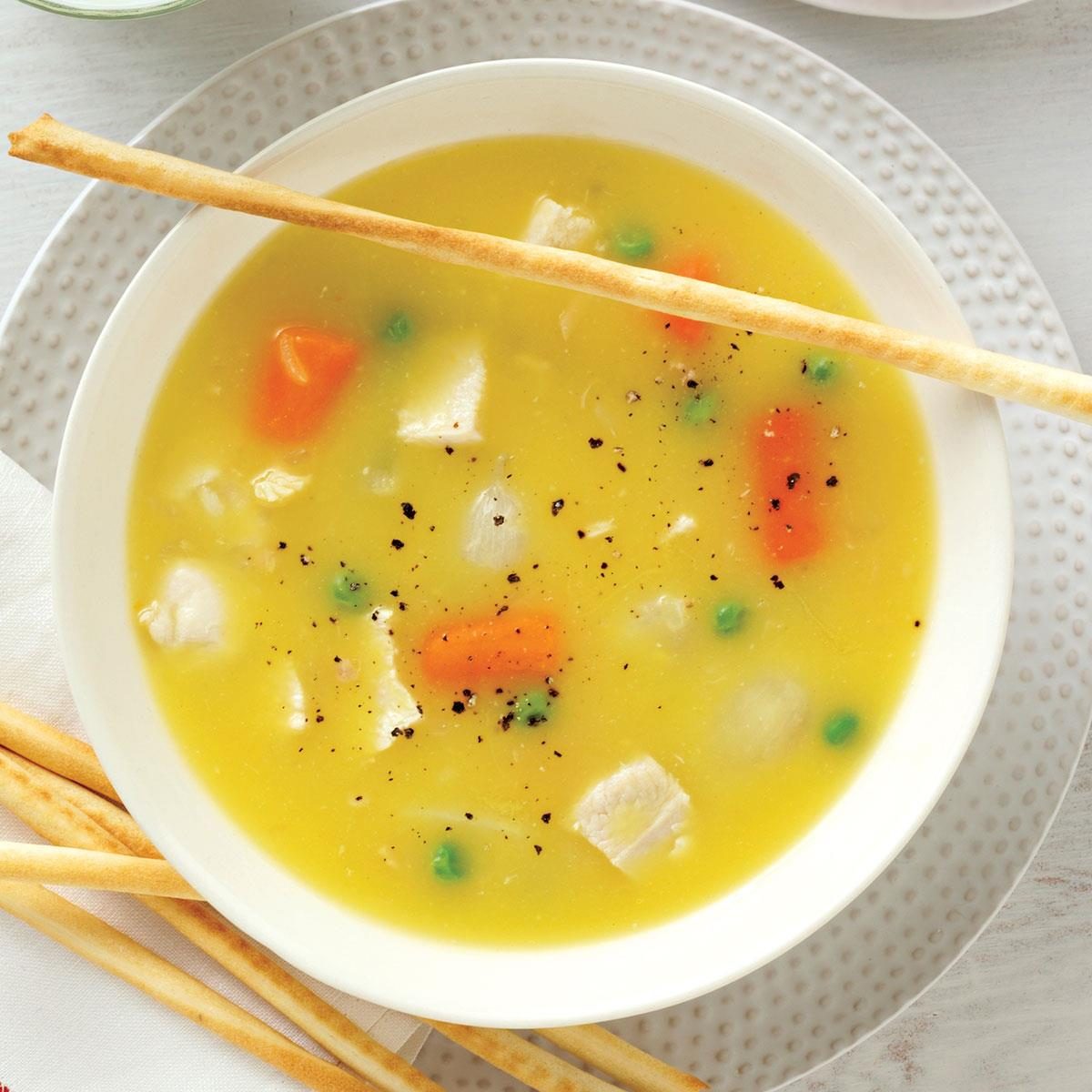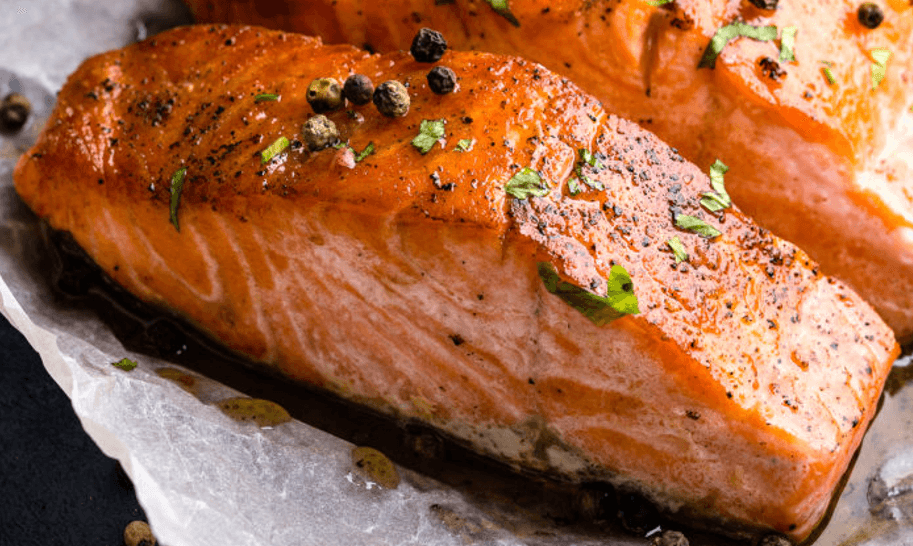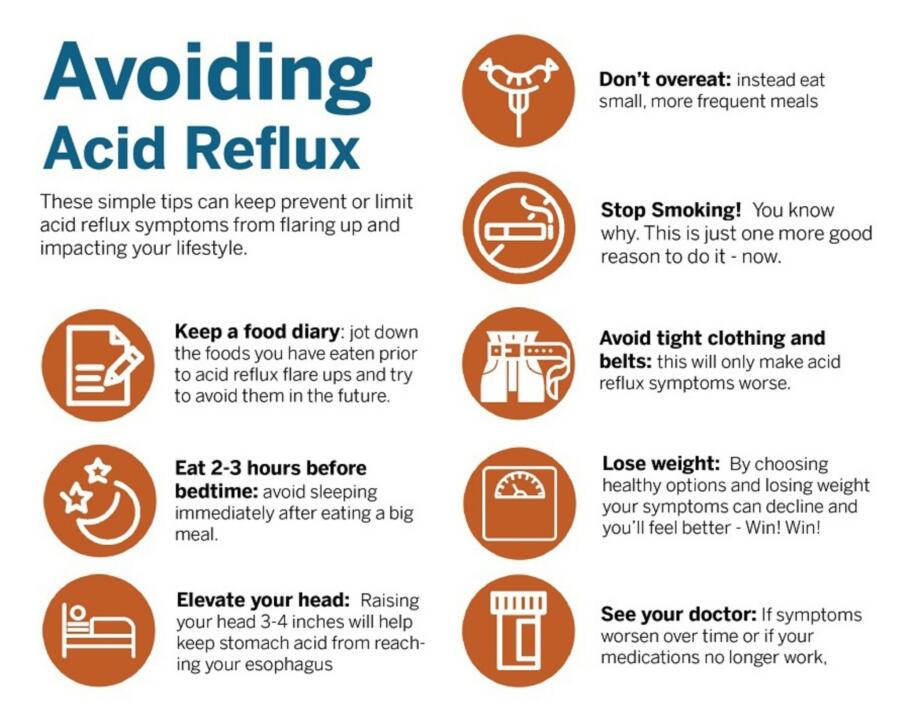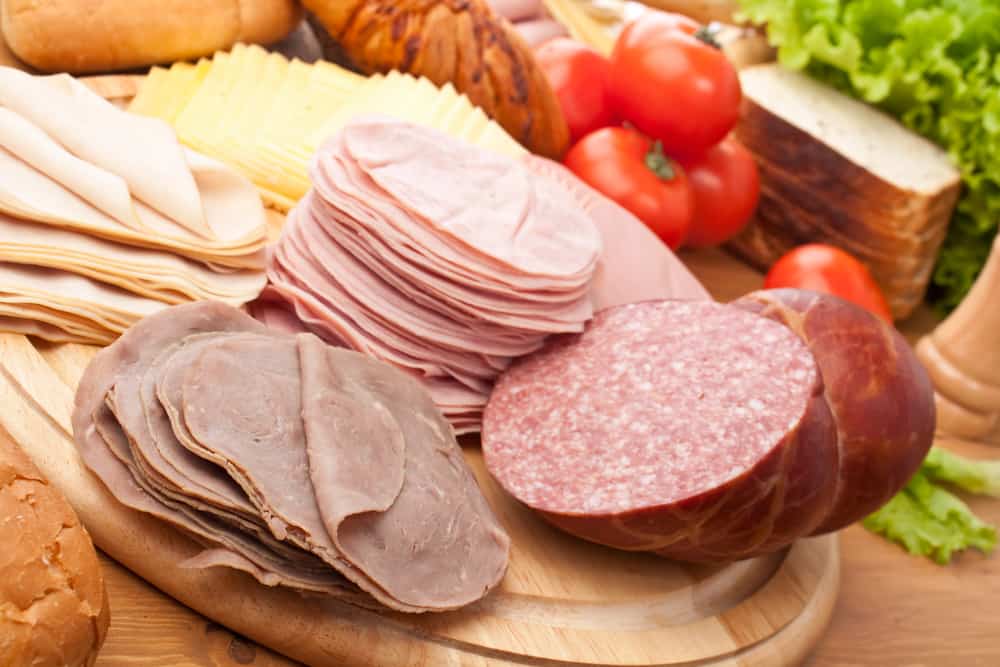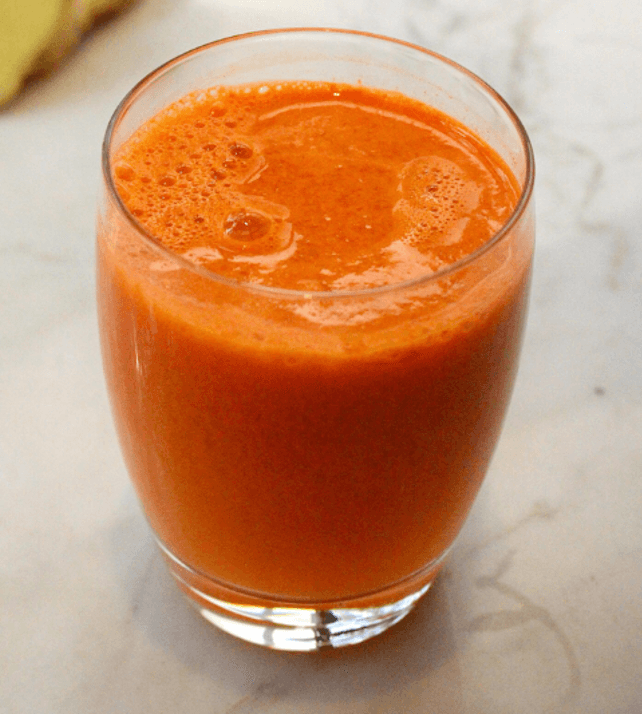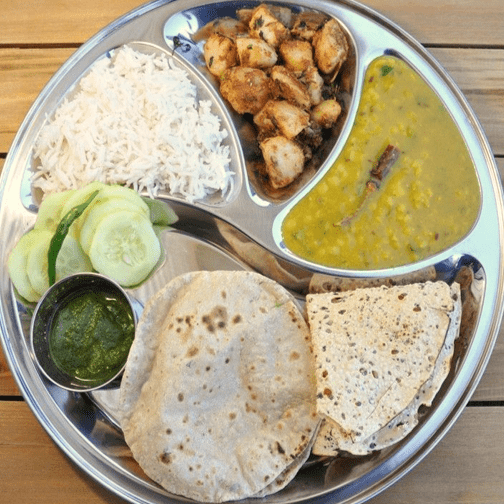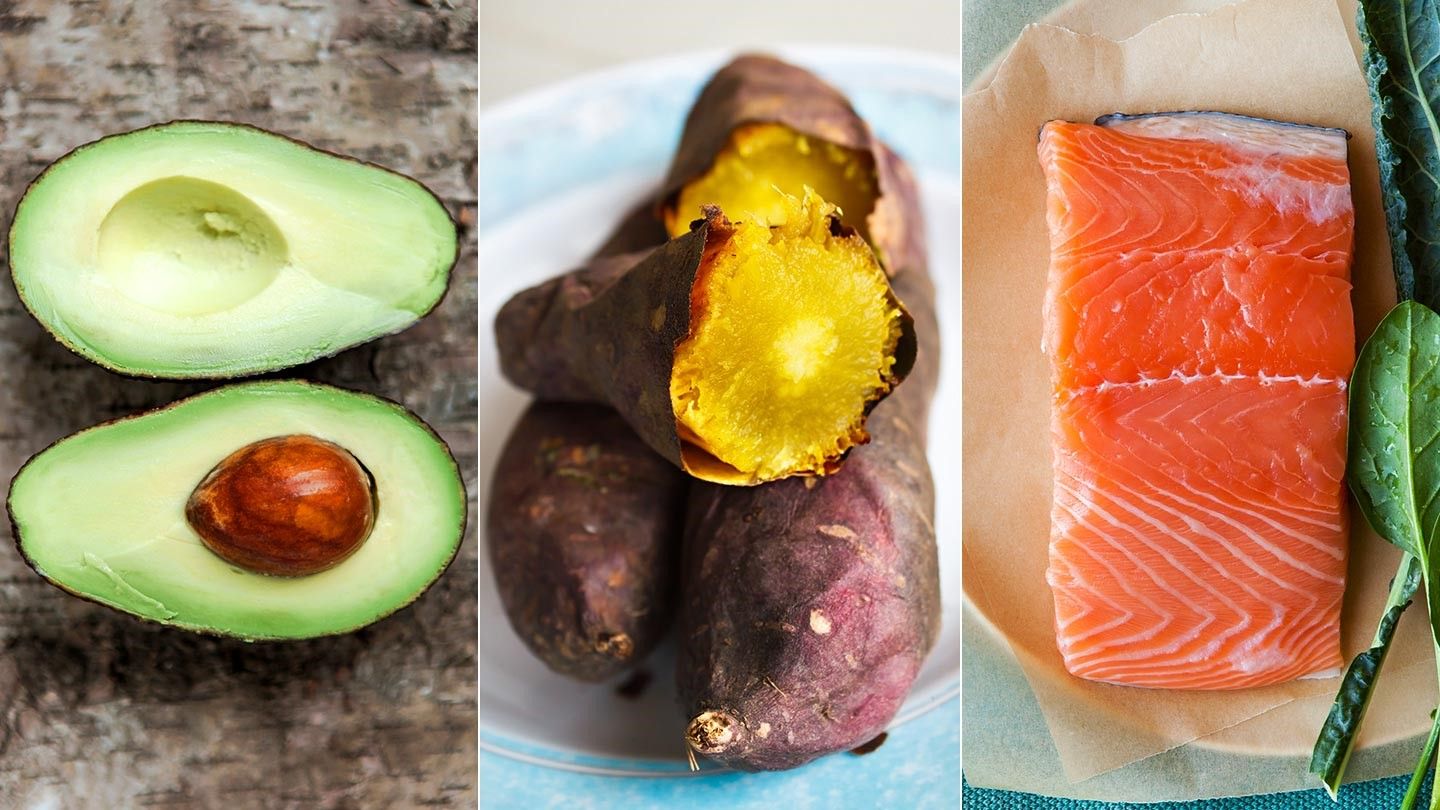
Sirloin steak is a popular and flavorful cut of beef that comes from the back of the cow, specifically from the sirloin primal cut. It is known for its tenderness, juiciness, and rich beefy flavor. Sirloin steak is relatively lean compared to other cuts of beef, making it a healthier option. It is also naturally tender, especially the center-cut portions. There are several types of sirloin steak, including top sirloin, bottom sirloin, and center-cut sirloin. Top sirloin is considered the most tender and flavorful, while bottom sirloin and center-cut sirloin may vary in tenderness and fat content. Sirloin steak can be cooked to various degrees of doneness, ranging from rare to well-done. Medium-rare is a popular choice for sirloin steak as it retains its juiciness and tenderness.
When considering the benefits of sirloin steak in a low FODMAP diet, it primarily comes down to being a good source of nutrients while being low in FODMAPs. Sirloin steak is also rich in iron and vitamin B12, both of which can be limited in a low FODMAP diet. Sirloin steak is a versatile ingredient that can be prepared in various ways, allowing for creativity and enjoyment in low FODMAP cooking. You can pan-sear, grill, roast, or broil it to your preferred level of doneness.
Pan seared sirloin steak
Ingredients
- 1 pound (450g) sirloin steak
- salt and pepper to taste
- 2 tablespoons olive oil
- fresh herbs optional, such as thyme or rosemary
Instructions
- Take the sirloin steak out of the refrigerator and let it settle to room temperature.
- Season both sides of the steak with salt and pepper.
- Heat a large skillet or frying pan over high heat. Add the oil and let it heat up until it shimmers.
- Carefully place the sirloin steak into the hot pan. Allow it to sear for about 2-3 minutes without moving it to develop a nice brown crust.
- Flip the steak using tongs and sear the other side for another 2-3 minutes.
- Reduce the heat to medium and continue cooking the steak to your desired level of doneness. For medium rare, it might take an additional 2-4 minutes of cooking time, depending on the thickness of the steak. Aim for an internal temperature of 130-135°F (55-57°C).
- To ensure accuracy, use a meat thermometer inserted into the thickest part of the steak. Avoid overcooking the steak as it can result in a less tender and juicy texture.
- Once the steak reaches the desired temperature, remove it from the pan and transfer it to a cutting board or plate. Let it rest for about 5-10 minutes to allow the juices to redistribute within the meat.
- Optionally, sprinkle some fresh herbs, such as thyme or rosemary, on top of the steak for added flavor.
- Slice the sirloin steak against the grain and serve it immediately.
Notes
The Candor website is written and produced for informational purposes only. While we do our best to provide nutritional information as a general guideline to our readers, we are not certified nutritionists, and the values provided should be considered estimates. Factors such as brands purchased, natural variations in fresh ingredients, etc. will change the nutritional information in any recipe. Various online calculators also provide different results, depending on their sources. To obtain accurate nutritional information for a recipe, use your preferred nutrition calculator to determine nutritional information with the actual ingredients and quantities used.

